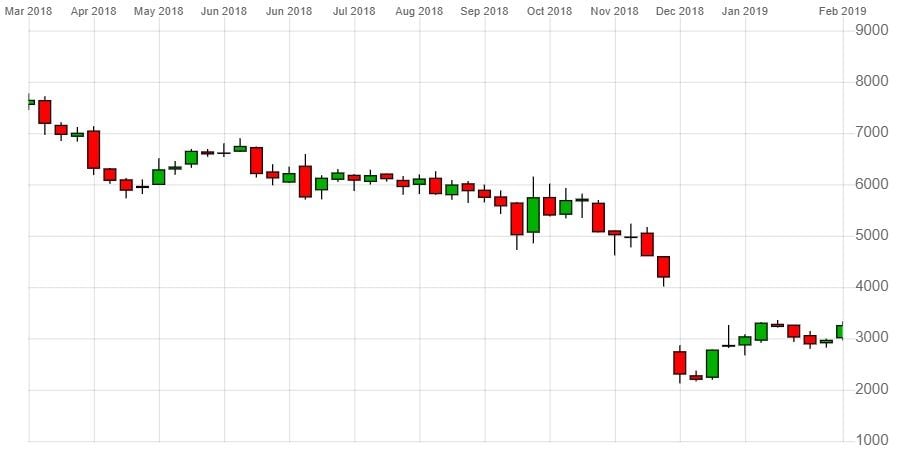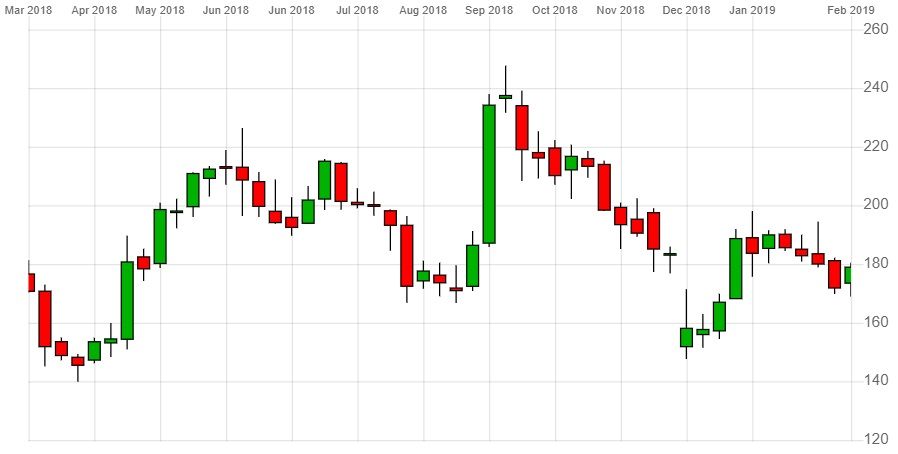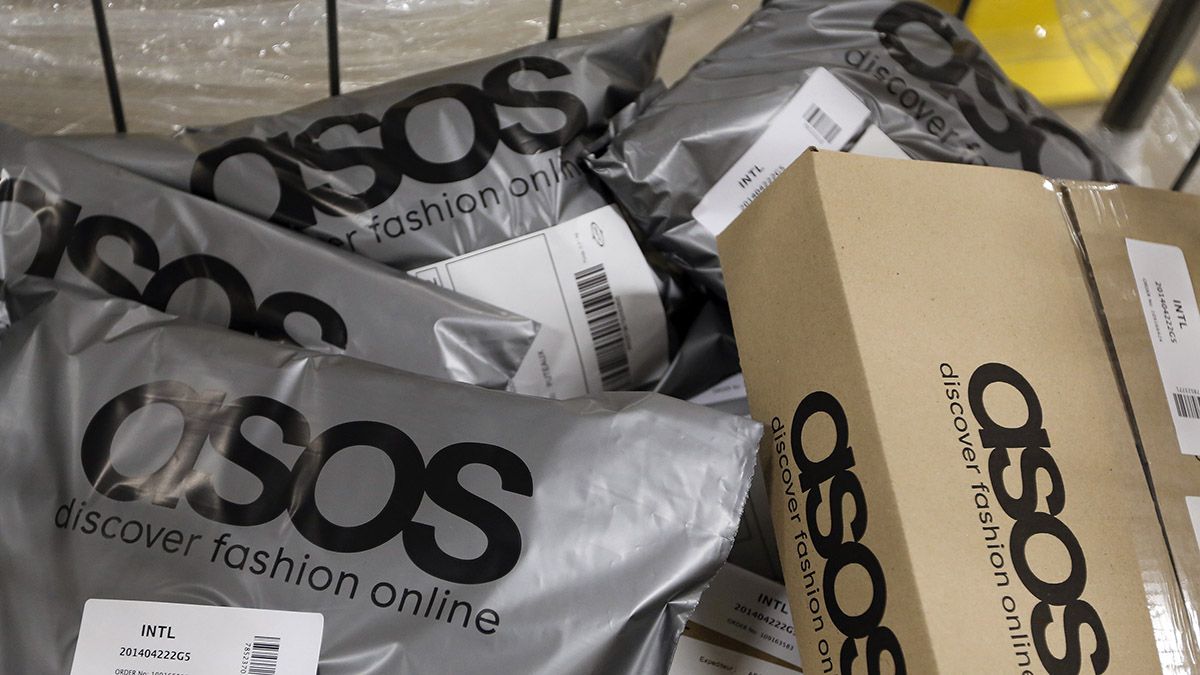For years, Asos [ASC] has been a household name for the fashion conscious and the financially shrewd alike: everything was going so well, until it wasn’t.
For the first three months of 2018, the business looked as though it could do no wrong – by mid-March its share price had hit a five-year high of 7,640p. For executives and investors, everything looked rosy.
Fast forward to 17 December and the rhetoric around the business changed substantially.
On that day, the board issued a trading update with some less than positive words. A “significant deterioration” in trading in November - a key month for Asos - led to a noticeable crash in its share price. On 20 December, Asos recorded a three-year low of 2,128p. The company’s share price had fallen 72.15% since May and was less than a third of what it was on the same day a year earlier (6,451p).
In a move to calm investors, CEO Nick Beighton told the market: “We achieved 14% sales growth in a difficult market, but in the light of a significant downturn in November, we think it's prudent to recalibrate our expectations for the full year. We are taking all appropriate actions and our ambitions for Asos have not changed.”
| Market cap | £2.72bn |
| PE ratio (TTM) | 33.41 |
| EPS (TTM) | 98.00 |
| Quarterly earnings growth (YoY) | 37.20% |
Asos stock vitals, Yahoo finance, as at 6 March 2019
The positive sales figures would have soothed investors to a degree as it showed growth in the three-month period towards the year’s end. Revenue was also up 14% from £576.7m in the same period in 2017 to £656m in 2018. The UK remained its biggest market and grew 19% overall, up from £199.6m to £237.1m, while the wait continues for its first £100m quarter in the US, with it clocking in at £85m.
For Asos’s management, the mission is clear: get back to those heady days of March 2018. The question, however, is how?
Increased competition
Asos’s struggles couldn’t come at a worse time as its rivals are far stronger than they once were.
Asos is competing against Boohoo Group [BOO] and Inditex [ITX] Zara with Merrill Lynch highlighting a wave of “copycat competition” as the single biggest contributor to its difficulties. As a result, the investment bank downgraded Asos’s performance from ‘neutral’ to ‘underperforming’ with a reduced price target of 2,400p, standing at 80% of Merrill Lynch’s earlier target for the business of 3,000p.
2,400p
Merrill Lynch's reduced price target for Asos shares
Boohoo has however had a similarly difficult year. A brief upturn in fortunes at the beginning of the year led into a period of decline with only minor increases in share price bucking that trend intermittently.
Despite this, Boohoo’s management has been much more optimistic in its communications to the market. In a January trading update, Joint CEOs Mahmud Kamani and Carol Kane said: “The global growth opportunity is significant and we will be addressing it in a controlled way - investing in our proposition, operations and infrastructure to capitalise on the opportunity.” Contrasted to Beighton’s comments, these appear to indicate a much more glass-half-full approach to their business’s future.
Inditex, the largest fashion group in the world, is also increasingly muscling in on the space. The Spanish business, and owner of fellow online retailer Zara, is making serious overtures in the US to extend its global sales. Towards the end of last month, it launched its youth-oriented Pull & Bear brand in the US, which made it the brand’s 34th market worldwide. In addition to the 94 Zara stores already operating in America.
Inditex’s US push is almost the polar opposite of news coming out of Asos which announced that, due to its financial performance, automation of its US distribution centre was going to be pushed back by around six months. The delay means continued increased costs will be pressuring its ability to turn a profit stateside. That is sure to displease investors.
Asos has much more competition than it once faced. The news of its struggles come at a challenging time. The board have certainly got their work cut out for them.
Continue reading for FREE
- Includes free newsletter updates, unsubscribe anytime. Privacy policy





